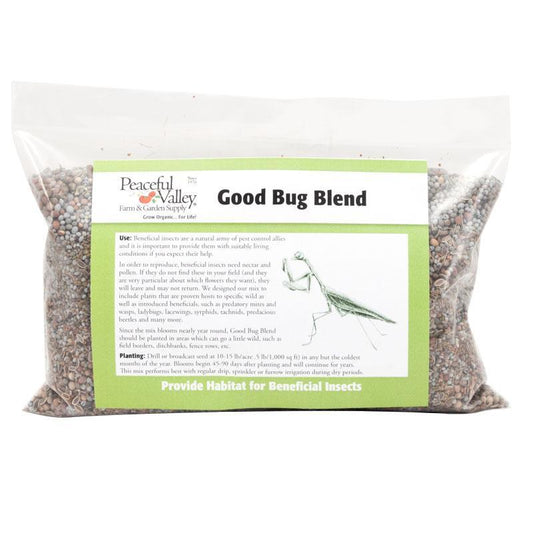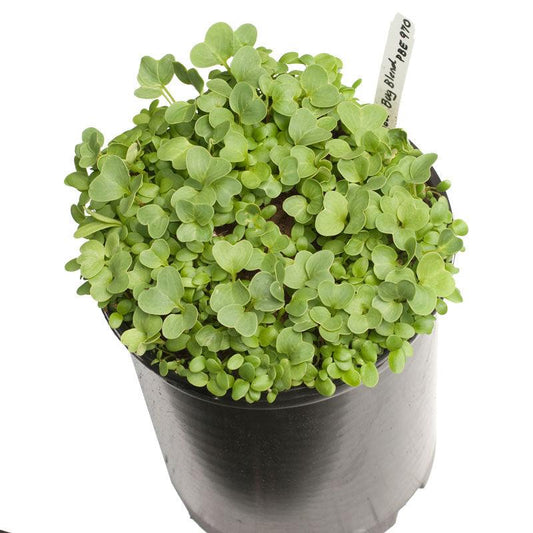Enhancing your garden's ecosystem by attracting beneficial insects is a natural and effective way to manage pests and promote plant health. One of the most successful strategies to achieve this is by planting hedgerows—diverse plantings of shrubs, trees, grasses, and wildflowers that provide habitat and resources for beneficial insects.
Understanding Hedgerows and Their Benefits
Hedgerows are linear plantings that serve multiple functions in agricultural and garden settings. They act as windbreaks, reduce soil erosion, and most importantly, offer habitat and food sources for beneficial insects such as pollinators and natural predators of common garden pests.
Selecting Plants for Your Hedgerow
 Choosing the right plants is crucial for creating an effective hedgerow. Native plants are often the best choice, as they have co-evolved with local insect populations.
Choosing the right plants is crucial for creating an effective hedgerow. Native plants are often the best choice, as they have co-evolved with local insect populations.
- Flowering Plants: Species like yarrow, goldenrod, and coneflower provide nectar and pollen for pollinators.
- Shrubs: Elderberry, serviceberry, and wild rose offer shelter and additional food sources.
- Grasses: Native bunchgrasses can provide habitat for ground-dwelling beneficial insects.
For a curated selection of plants that attract beneficial insects, consider our Good Bug Blend Cover Crop.
Designing and Planting Your Hedgerow
- Site Selection: Choose a location that borders your garden or field.
- Plant Diversity: Incorporate a mix of plant species that bloom at different times.
- Planting Density: Space plants appropriately to allow for growth.
- Maintenance: Mulch to suppress weeds, water during establishment, and avoid pesticide use.
For a step-by-step visual guide, watch our video on How to Plant a Hedgerow.
Supporting Beneficial Insects Beyond Hedgerows
-
Providing Water Sources: Shallow dishes with stones can serve as watering spots.
- Avoiding Chemical Pesticides: These can harm beneficial insect populations.
- Planting Companion Plants: Species like marigolds and dill can repel pests and attract beneficial insects.
Learn more about companion planting with marigolds in our article Companion Planting with Marigolds: A Gardener's Guide to Success.
Conclusion
Incorporating hedgerows into your garden is a sustainable and effective way to attract beneficial insects, enhance biodiversity, and naturally manage pest populations. By selecting appropriate plants and maintaining the hedgerow thoughtfully, you create a thriving ecosystem that supports your gardening goals.
For more information on attracting beneficial insects, explore our article The Best Flowers to Attract Beneficial Insects to Your Garden.
Beneficial Insect Resources
Discover valuable insights on garden insects and explore options to harness their benefits:
- Attract Beneficial Insects with Hedgerows
- What’s Bugging You? The True Bugs of the Insect World
- Centipedes, Millipedes, Sowbugs & Roly‑Polys: Friend or Foe?
Looking to enhance your garden’s ecosystem? Browse our offerings below:
- Beneficial Insects — help naturalize your garden with pest-fighting allies
- Tree Pest Control — targeted solutions to protect trees from damaging pests
- Vole Traps & Repellents — defend your yard and garden from vole damage
- Millipede Treatment — effective insecticides for controlling infestations
Resource Area: Pollinator-Friendly Herb & Flower Mixes
Combine herbs and flowers to create year-long food and shelter for beneficial insects:
- Let Your Herbs Bloom: Creating a Pollinator Paradise – Highlights flowering herbs like dill, chives, and fennel that attract bees and predators.
- Native Plants in Washington State: A Haven for Beneficial Insects – Emphasizes native herbs and blooms that provide essential forage and cover.




2 comments
Lion, Looking at the ingredients on both mixes looks like nothing would be a problem. However, we are not experts on livestock like horses and chickens, so if you are concerned I would show the mix to your vet to just make doubly sure.
Are the good bug blend and low growing blend okay to have chickens or horses forage on? I know their benefit is for when they flower, but maybe in the off season allow them to? there’s nothing toxic to animals/wildlife in the mixes is there?
thanks